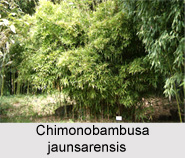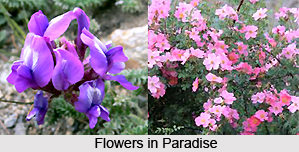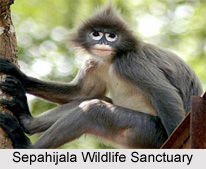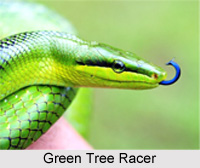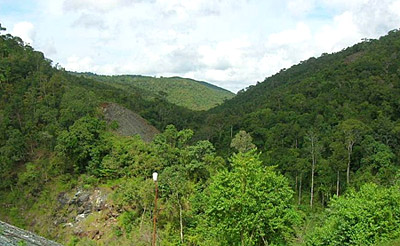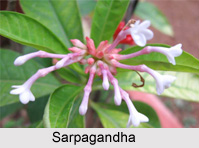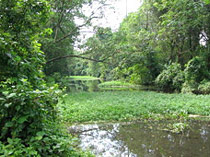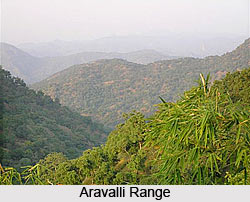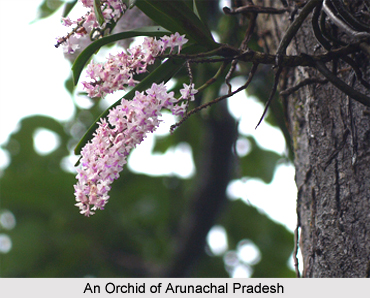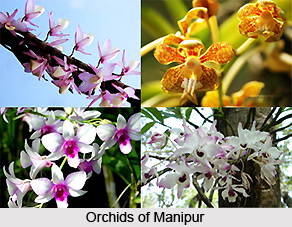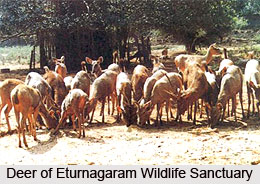 Wildlife Sanctuaries of Telangana include the forest regions like Eturnagaram Wildlife Sanctuary, Kawal Wildlife Sanctuary, Manjira Wildlife Sanctuary, Pranahita Wildlife Sanctuary, Shivaram Wildlife Sanctuary and Pakhal Wildlife Sanctuary.
Wildlife Sanctuaries of Telangana include the forest regions like Eturnagaram Wildlife Sanctuary, Kawal Wildlife Sanctuary, Manjira Wildlife Sanctuary, Pranahita Wildlife Sanctuary, Shivaram Wildlife Sanctuary and Pakhal Wildlife Sanctuary.
Telangana is a newly formed state in the Southern region of India. It has an area of 114,840 square kilometres and is the twelfth largest state in India. Most of it was part of the princely state of Hyderabad (Medak District and Warangal District), ruled by the Nizam of Hyderabad during the British Colonial rule before joining with the Union of India in the year 1948 after independence of India in the year 1947.
Eturnagaram Wildlife Sanctuary
Eturnagaram Wildlife Sanctuary is a wildlife sanctuary located in Eturnagaram village in Warangal district in Telangana. Eturnagaram Wildlife Sanctuary is located 250 kilometres away from Hyderabad, the capital city of both Telangana and Andhra Pradesh. Eturnagaram Wildlife Sanctuary is one of the oldest sanctuaries of Telangana. In the year 1952 on 30 January the erstwhile Government of Andhra Pradesh declared this place as a wildlife sanctuary for its rich bio diversity.
Kawal Wildlife Sanctuary
Kawal Wildlife Sanctuary is located at Jannaram mandal of Adilabad district of Telangana. Kawal Wildlife Sanctuary is spread over an area of 893 square kilometres. It is increasingly getting threatened by growing human encroachments, rampant poaching, illegal wood felling and habitat loss. The sanctuary is one of the richest teak forests in the State of Telangana with dense pristine areas free of human disturbance. The Kadam River flows through this area. The dry deciduous teak forests mixed with Bamboo, Terminalia, Pterocarpus, Anogeisus and Cassias.Some of the mammal species present in this wildlife sanctuary include Royal Bengal Tiger, leopard, gaur, cheetal, sambar, Nilgai barking deer, chowsingha, sloth bear. Several species of birds and reptiles are also found in the sanctuary. Kawal Wildlife Sanctuary is easily accessible from Mancherial, which is 50 kilometres from Hyderabad, the capital city of both Telangana and Andhra Pradesh. It is about 270 kilometres far by road.
Manjira Wildlife Sanctuary
Manjira Wildlife Sanctuary in Telangana is a wildlife sanctuary and a reservoir located in Medak district of Telangana, a newly formed state in India. Originally, Manjira Wildlife Sanctuary is a crocodile sanctuary, but today there are more than 70 species of birds spotted here. Manjira Wildlife Sanctuary is home for the vulnerable species mugger crocodile. The reservoir in Manjira Wildlife Sanctuary provides drinking water to the capital city Hyderabad and Secunderabad. It is located about 50 kilometres northwest of Hyderabad. The sanctuary follows the course of Manjira River, a rain fed South Indian river flowing through Telangana for 36 kilometres.
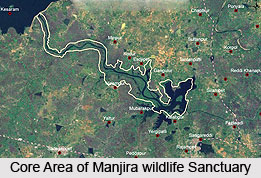 Pranahita Wildlife Sanctuary
Pranahita Wildlife Sanctuary
Pranahita Wildlife Sanctuary is situated in Telangana. It is located at a distance of about 35 kilometres from Mancherial which is located in the district of Adilabad. It is about 35 kilometres towards the north east side of Hyderabad. It is spanning over an area of 136 square kilometres. This wildlife Sanctuary is immersed in the scenic landscapes of Deccan plateau. The region is hilly with undulating terrain, sprinkled with patches of grassland and plateau. The thick deciduous teak forests cover Pranahita Wildlife Sanctuary. The beauty of Pranahita Wildlife Sanctuary is further augmented by Pranahita River, a tributary of river Godavari, which meanders gracefully through the beautiful sanctuary. Pranahita River also serves as a source of water for the wildlife. There are various fossils found in the sanctuary. The climate is usually hot and dry and the temperature varies from 15 to 40 degree Celsius.
Shivaram Wildlife Sanctuary
Shivaram Wildlife Sanctuary is the natural abode of many animals and reptiles. Shivaram Wildlife Sanctuary is located at about 10 kilometres from Manthani, 80 kilometres from Karimnagar District of Telangana and 50 km from Mancherial. This 37 square kilometres riverside forest mixed with teak and terminalia is home to marsh crocodiles of the river Godavari. It also harbours leopards, sloth bears, nilgari, black buck, cheetahs, pythons, and langurs. The undulating natural terrain adds to the beauty of the sanctuary.
